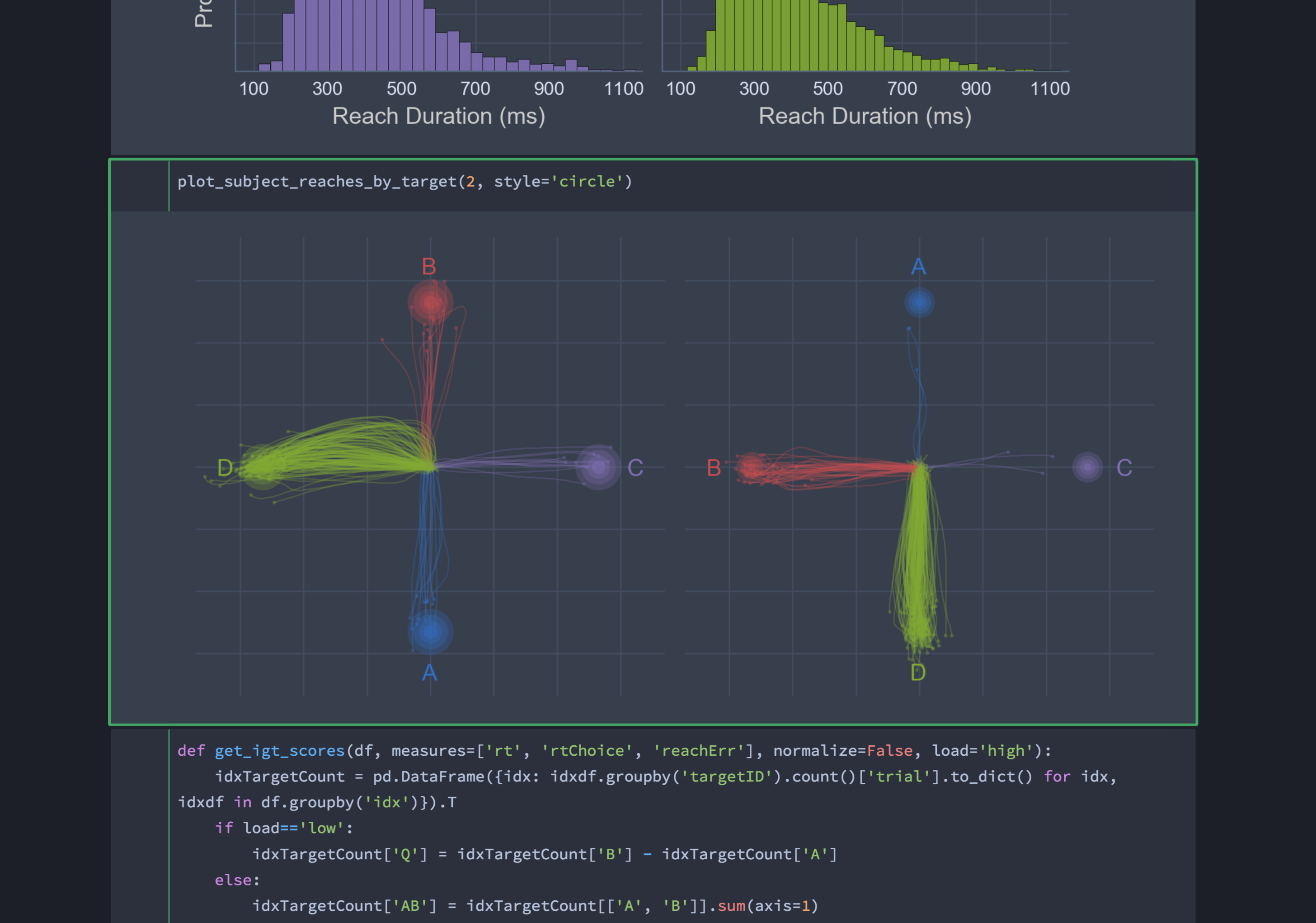
But even so, let’s go ahead and take a look at both options. My solution to this issue gives great flexibility to how you customize your themes and is specially tailored to those who like their computer screens to not angrily burn their retinas every time they look at them. Secondly, there are only 9 available themes to choose from despite years of availability, with no sign of planned updates in the future from Dunovan, unless someone else decides to take the reigns. Firstly, Jupyter Themes not only changes how your notebook looks, but at times things can be out of place, and it takes some work to get them back to some semblance of working order. You may be asking yourself then, “what the hell is the purpose of this blog then…?”.

Want to read this story later? Save it in Journal. There are great references on this topic including other blogs, Dunovan’s GitHub repo, and stack overflow. The theme package is easily installable by using either pip or conda (depending on your environment) and is customizable to be either globally changed to your notebooks or on a case-by-case basis. Jupyter Themes exists as an open-source library created and developed by Kyle Dunovan and is used to change themes for notebooks including colors, fonts, text size, and graph visuals and plot styles.
Jupyterlab themes code#
Jupyter notebook is no exception, and while other IDE’s like Spyder, P圜harm, and VS Code offers built-in dark modes for that all so easy-on-the-eyes look, unfortunately, the same cannot be said for Jupyter.
Jupyterlab themes install#
df.head (), here head () would be color seperated and others. jupyter labextension install mohirio/jupyterlab-horizon-theme. For example, jupyter color separetes method - e.g. Staring at a screen for hours on end, especially at night has been the literal call-to-arms for the emergence of dark mode in websites, browsers, mobile operating systems, and web APIs. However, comming originaly from jupyter lab I was courious wheater there is a theme that would look like jupyter lab Not only background color but also other.

I really appreciate the work the jupyter team is doing. I tried several, but only 'theme': 'JupyterLab Dark' seems to work. And type your theme name in the User Overrides and press the check-mark at the right of the string.
Jupyterlab themes update#
And this is just the beginning.Random Cyberpunk dude: “Let’s get dark baby” Just update your jupyter-lab (now it is version 0.27.0) and go to File - Settings, then select Theme tab. The new platform adapts easily to multiple workflows, enabling data scientists to seamlessly move between notebooks, scripts, data, and applications. With this in mind, members of the community joined forces to create JupyterLab, an open source project that takes the classic notebooks to the next level. The jlpm command is JupyterLabs pinned version of yarn that is installed with JupyterLab. Requirements JupyterLab > 3.0 Install pip install jupyterlab-theme-umich Contributing Development install Note: You will need NodeJS to build the extension package. In this live webinar from Team Anaconda, Travis Oliphant, President, Chief Data Scientist & Co-Founder, creator of NumPy and author of Guide to NumPy: 2nd Edition, will discuss the impact that the notebook experience has had on data science, and how JupyterLab-the next generation data science IDE-has evolved from the classic notebooks.Īs notebooks grew in popularity, the data science community asked for more features to enable notebooks to play a more central role in data science projects. jupyterlab-theme-umich A Jupyterlab theme for the University of Michigan.


 0 kommentar(er)
0 kommentar(er)
